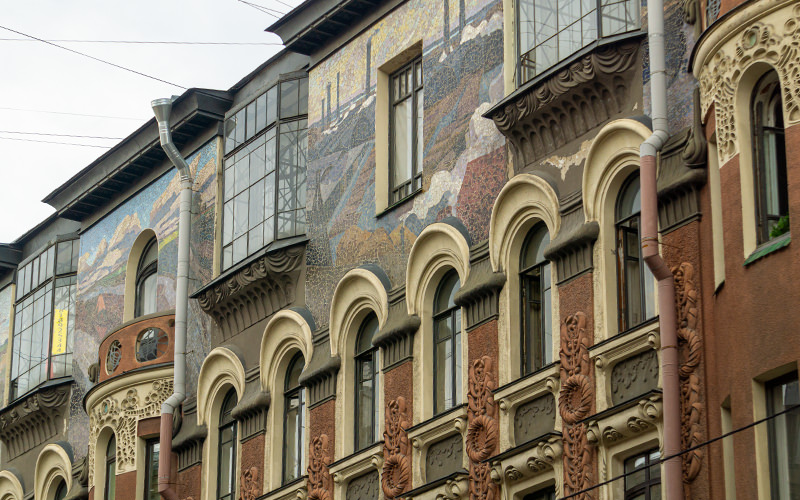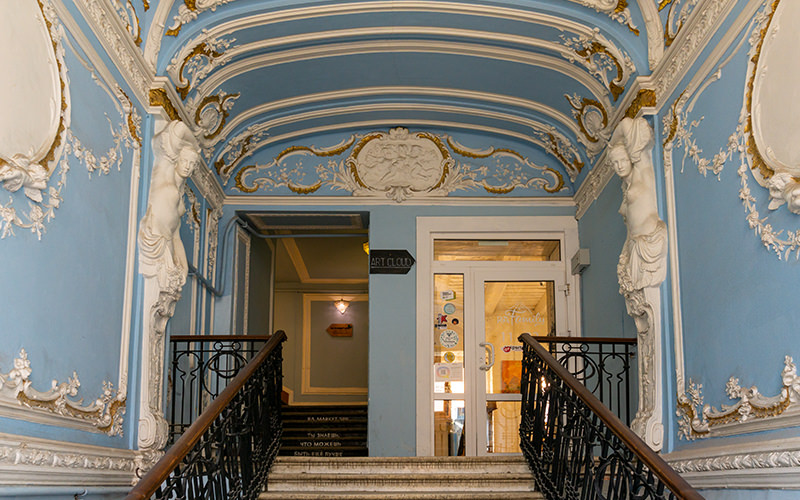In many articles about unusual buildings in Saint Petersburg, I often mention that a certain building can be added to a city’s architectural route. While writing one of these articles, I thought: why not create my own plan for such a walk? Today, I will tell you about a walking route that includes ten interesting residential buildings on Petrogradsky Island.
Our route starts at the House of Political Prisoners, located near the “Gorkovskaya” metro station. The address of the building is Troitskaya Square, 1. This building is surely known even to visitors who are only familiar with the main landmarks of Saint Petersburg, as it can be seen on the way to the Peter and Paul Fortress, Peter's House, and the Aurora Cruiser.
The House of Political Prisoners is a monument of constructivist architecture, built between 1929 and 1933. The architects of the building were G. A. Simonov, P. V. Abrosimov, and A. F. Khryakov. The building is interesting for its strict facades with numerous balconies.
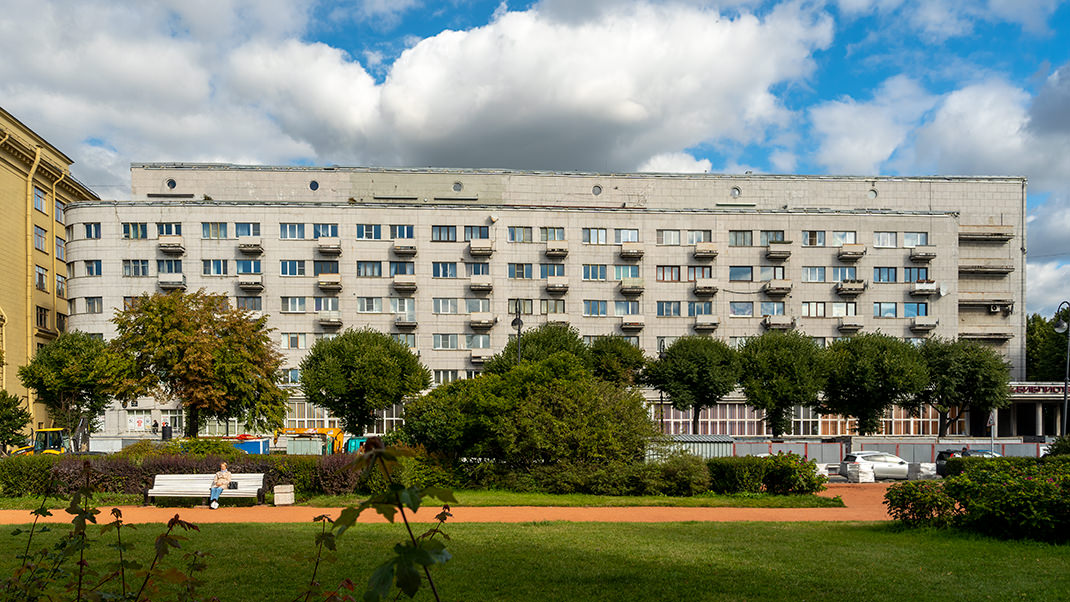
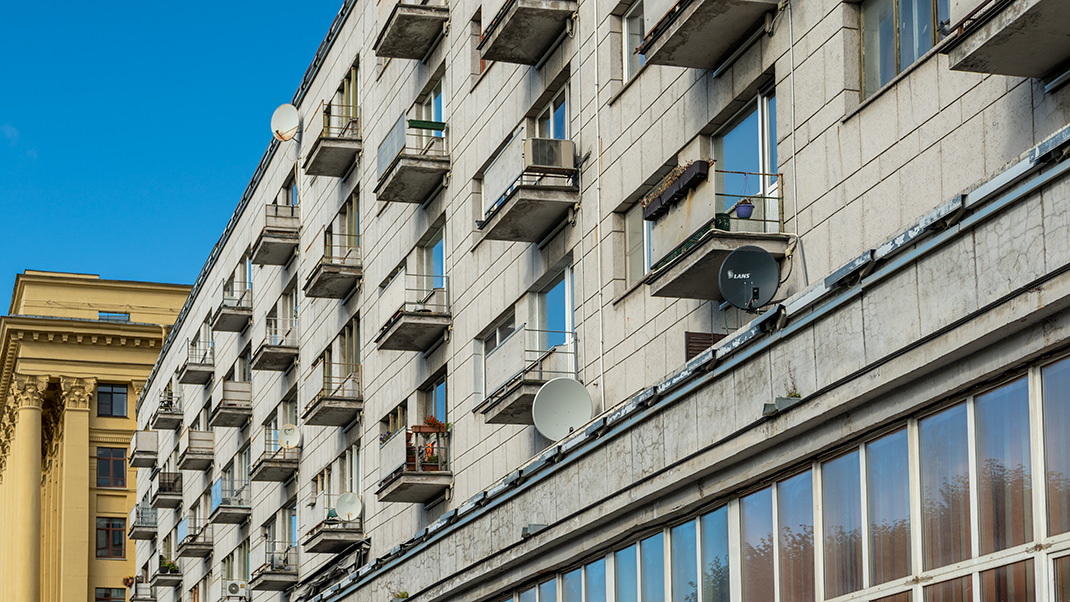
We move closer to the "Gorkovskaya" station. On the odd side of Kamennoostrovsky Prospect, we can see the cozy courtyard of the Lidval House, located at Kamennoostrovsky Prospect, 1-3.
The building is named after the famous architect Fyodor Lidval, who was involved in its construction; the plot of land was owned by his mother. Lidval House is one of the first examples of northern modernism in Saint Petersburg. The facade features images of lions, owls, hares, and even spiders.
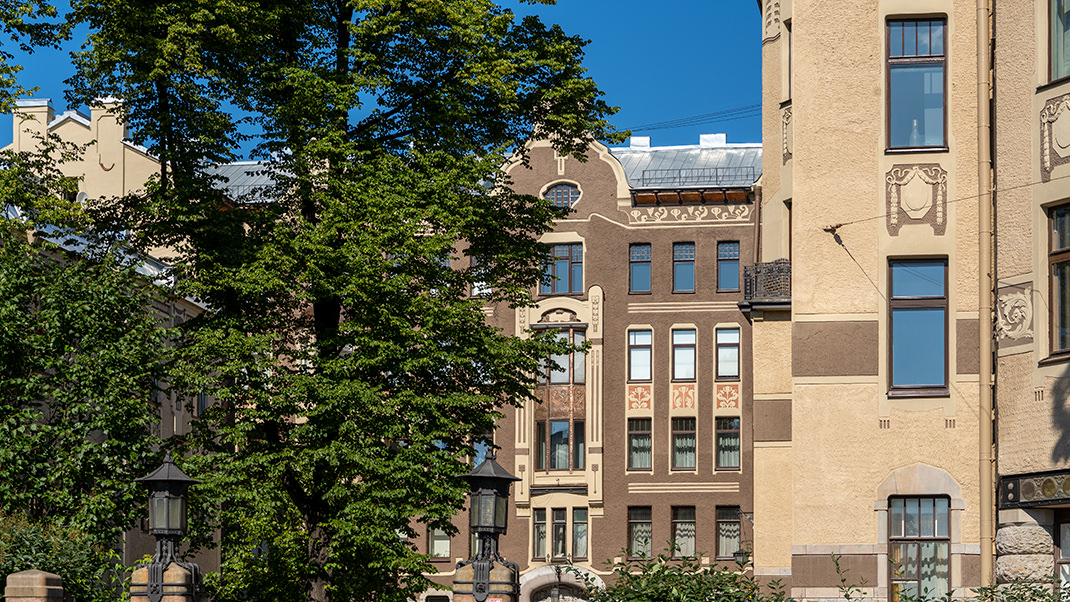
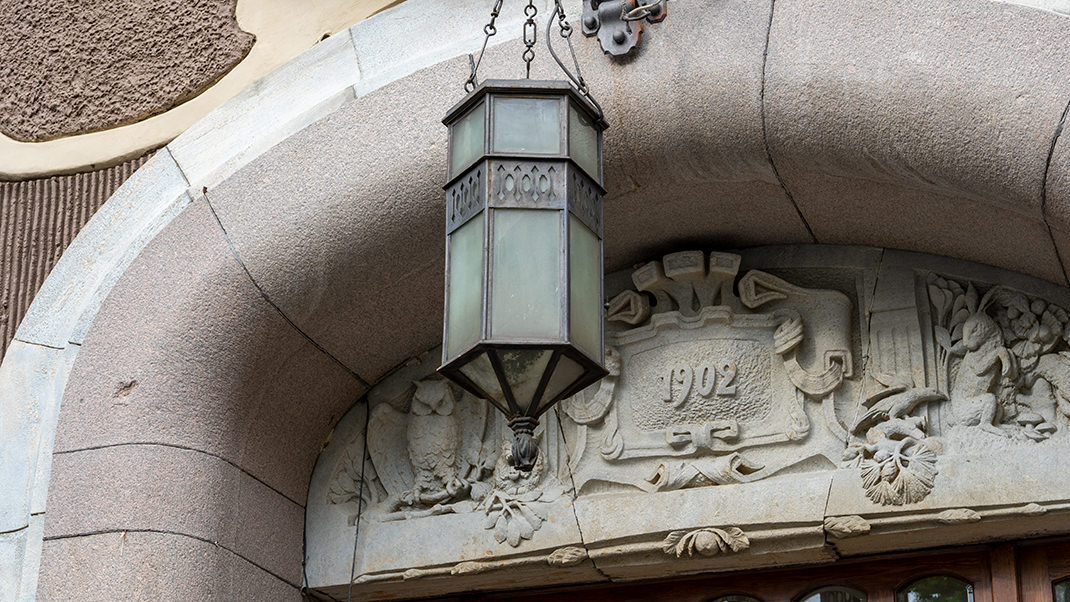
We continue along the prospect. At the intersection of this avenue and Rentgen Street stands another majestic building, known as the House of Three Benois. The project was designed by three members of the famous Benois family: Albert Nikolaevich, Leonty Nikolaevich, and Yuliy Yulyevich. The customer was the "First Russian Insurance Company."
Today, visitors can not only admire the facades of this building but also explore its interiors. The building houses the memorial apartment of S. M. Kirov.
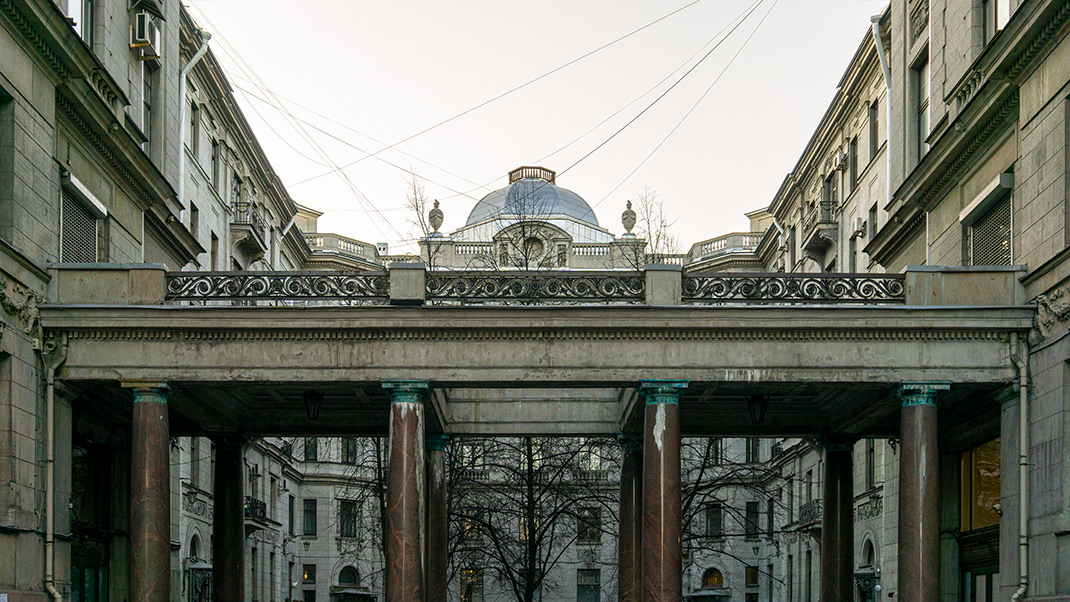

In the depths of one of the blocks in this area stands the striking building of F. Y. and N. Y. Kolobov. Its bright green walls and corner tower with exquisite decoration make it easily distinguishable from other buildings in the city.
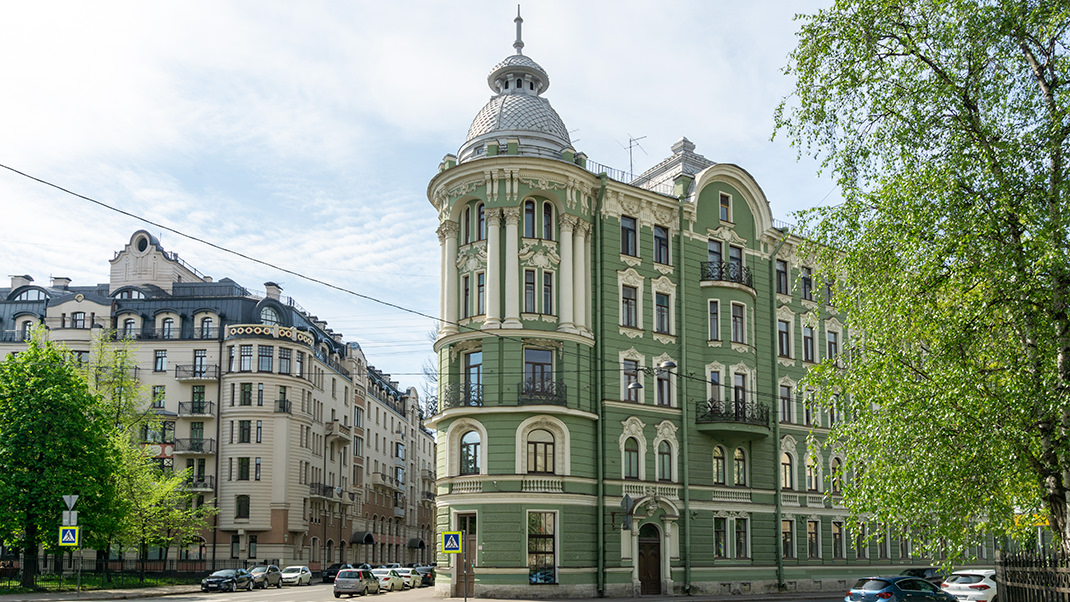
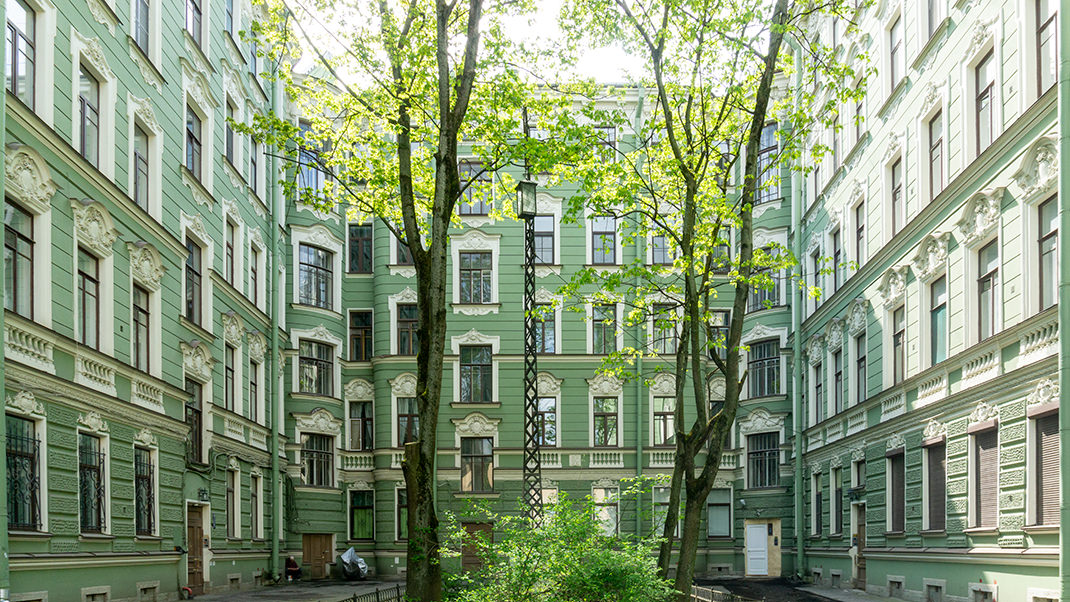
500 meters from here, we find the tenement house of I. F. Alyushinsky, located at Maly Prospect Petrogradskaya Side, 66; Lenin Street, 32. Like Lidval's house, this building catches attention with its unusual figures on the facade. There are masks with various expressions, cats, and even bears with shields.
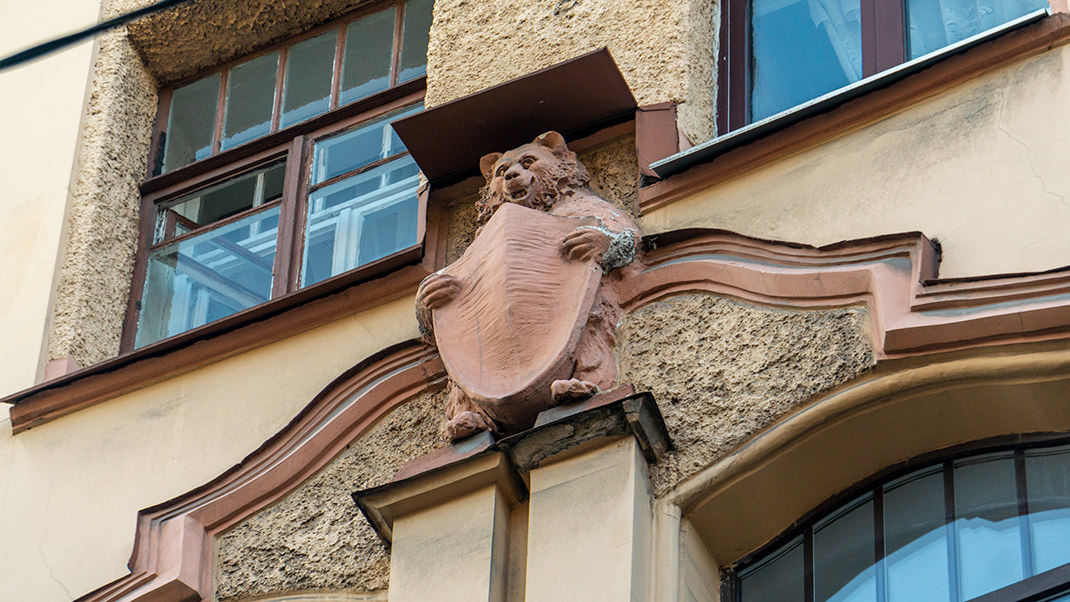
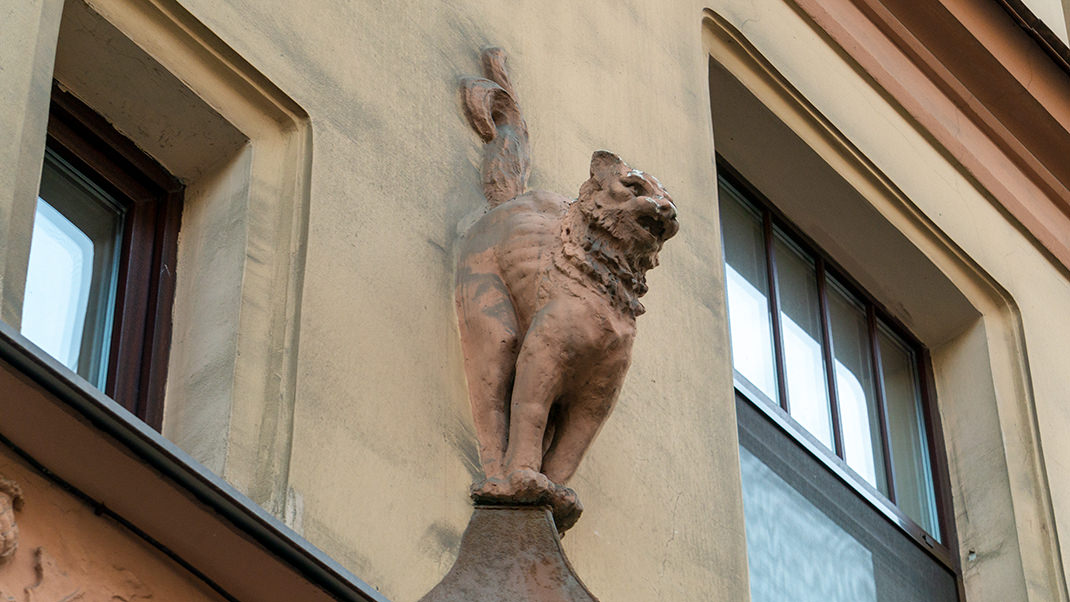
The next building on my route is considered one of the last examples of Leningrad constructivist architecture. This is the residential building for "Svirstroi" specialists. The construction of the building took place between 1933 and 1938, and the project was designed by architect I. G. Yavein.
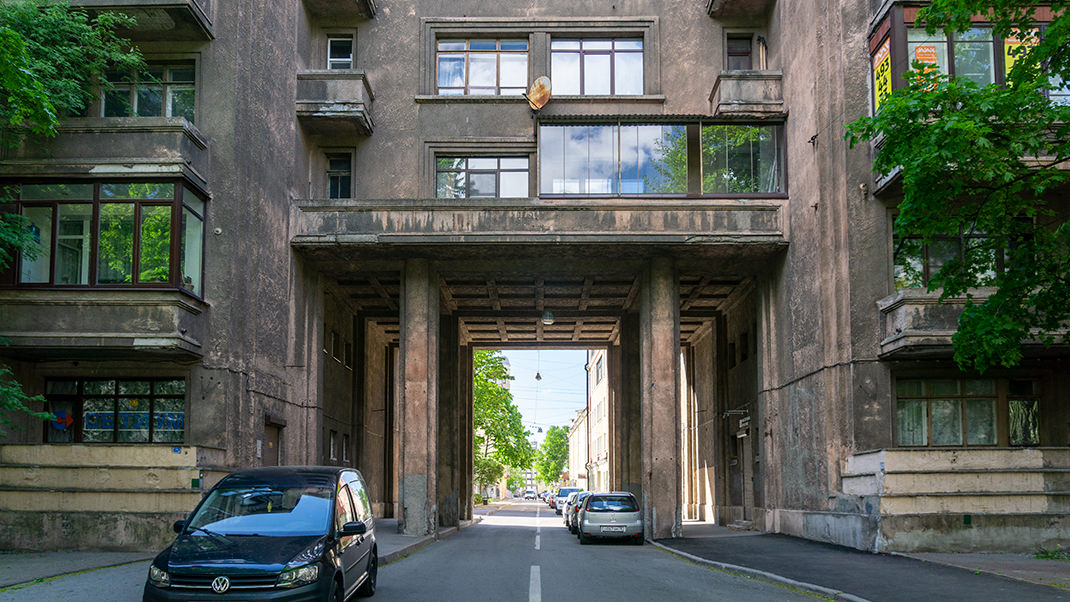
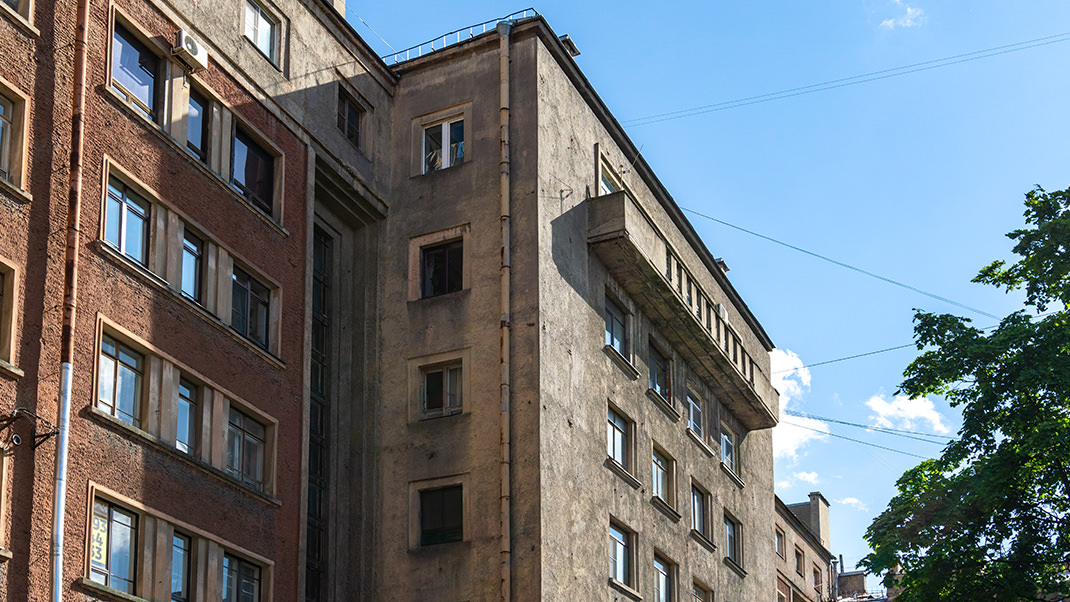
We return to Kamennoostrovsky Prospect to see the Emir of Bukhara’s House. In my opinion, this is one of the most magnificent buildings in Saint Petersburg. The house at Kamennoostrovsky Prospect, 44b, was built in 1913-1914.
The Emir of Bukhara’s House frequently appears in social media photographs. Its inner courtyard-well with arcades and large windows on the third floor looks very unusual.
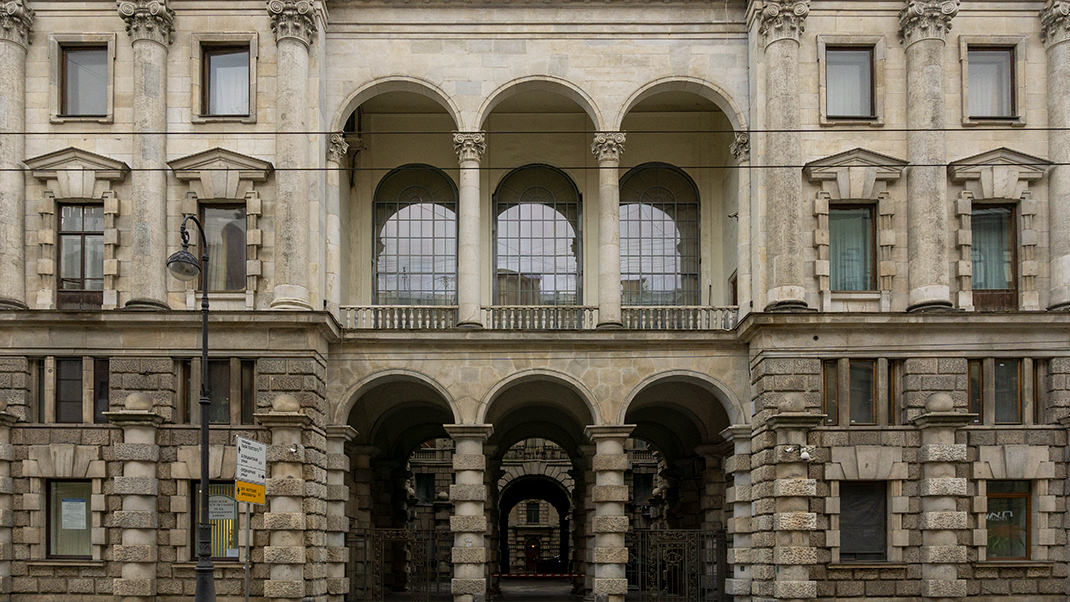
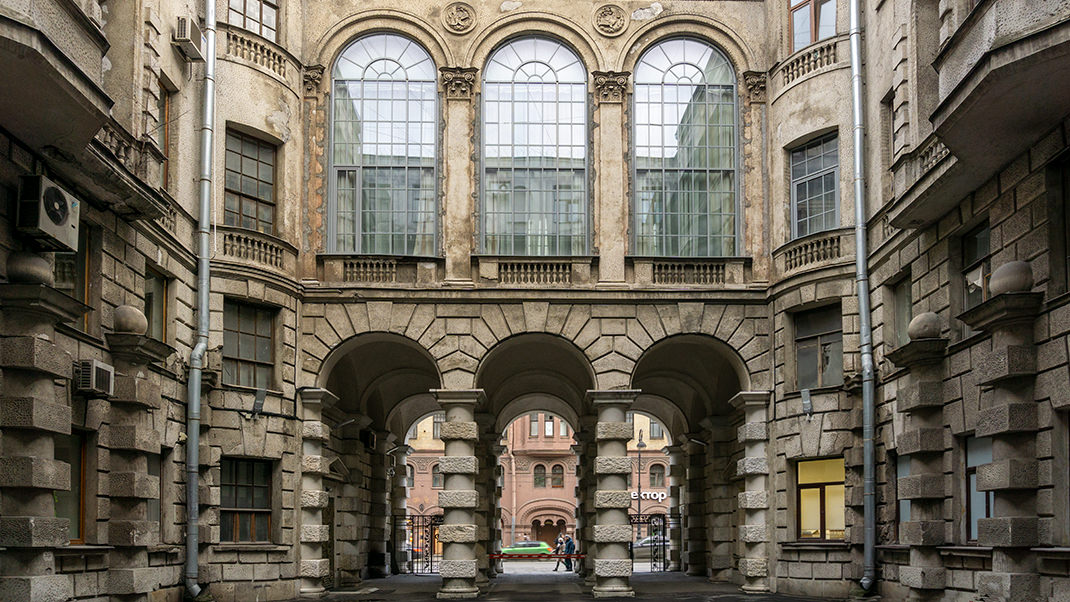
The next point of the route is the house of B. Y. Kuperman. Built between 1911 and 1913 by the famous architect A. L. Lishnevsky, who later became the owner of half the land on which the building stands.
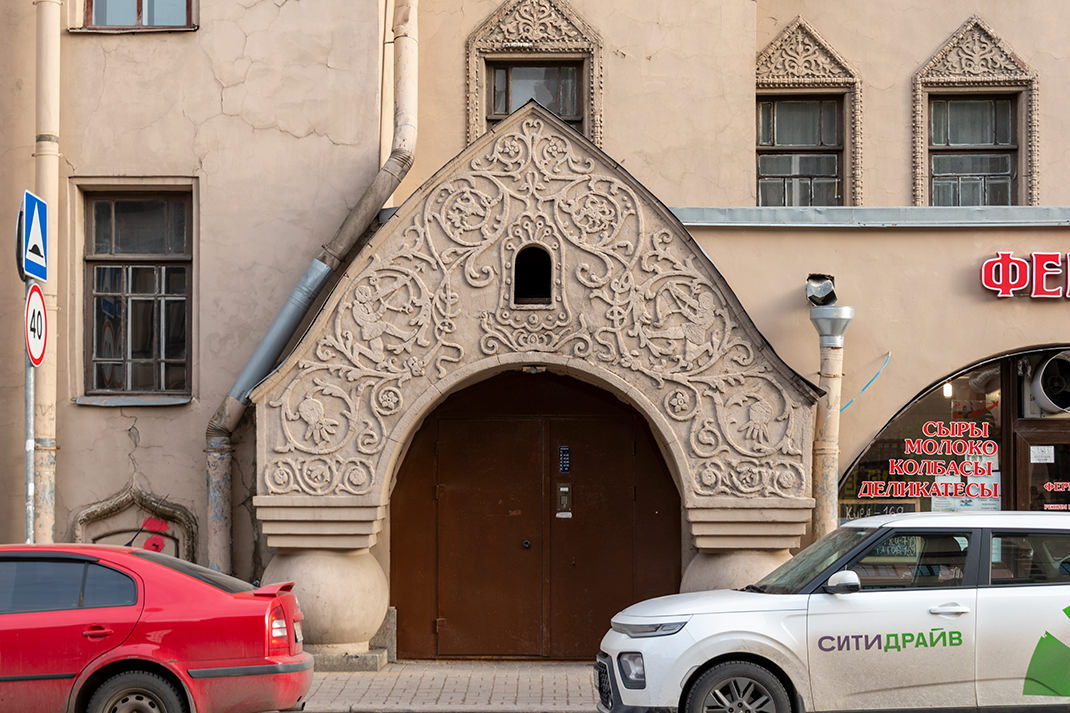
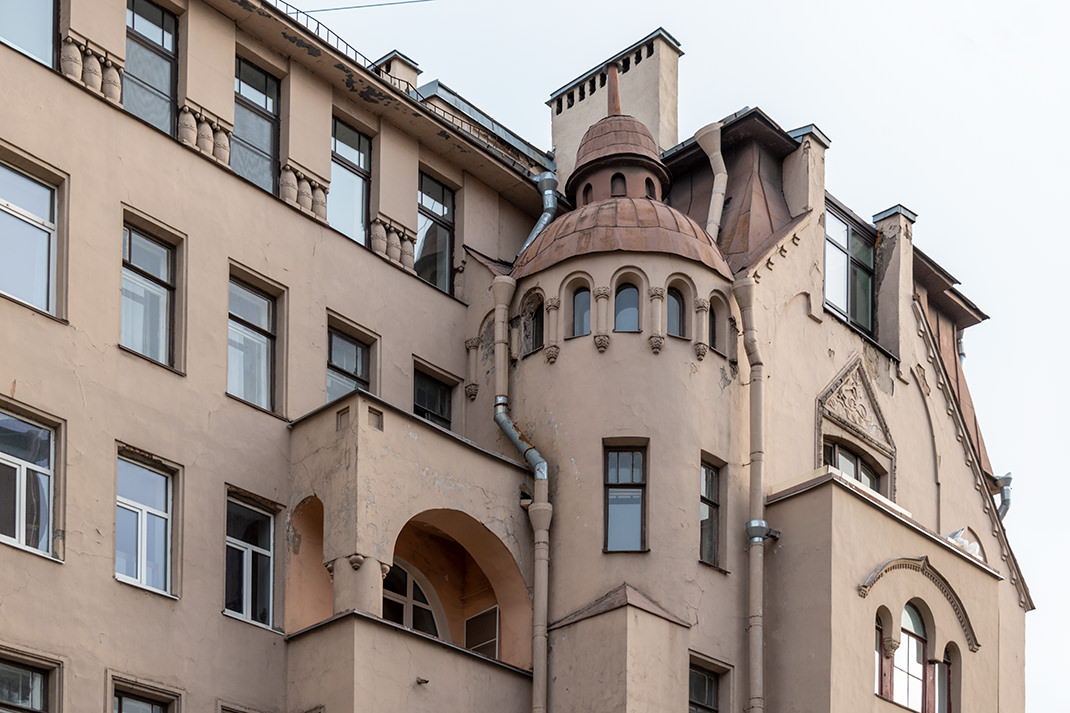
Another building in my selection houses a memorial apartment. It was once home to V. I. Lenin. A small exhibition space dedicated to the leader is located in the income house of A. M. Erlich at Lenin Street, 52.
Architectural experts will recognize this building as the "ship-house." If you look at it from the intersection of Levashovsky Prospect and Gazovaya Street, the facade indeed resembles the sharp bow of a large ship.
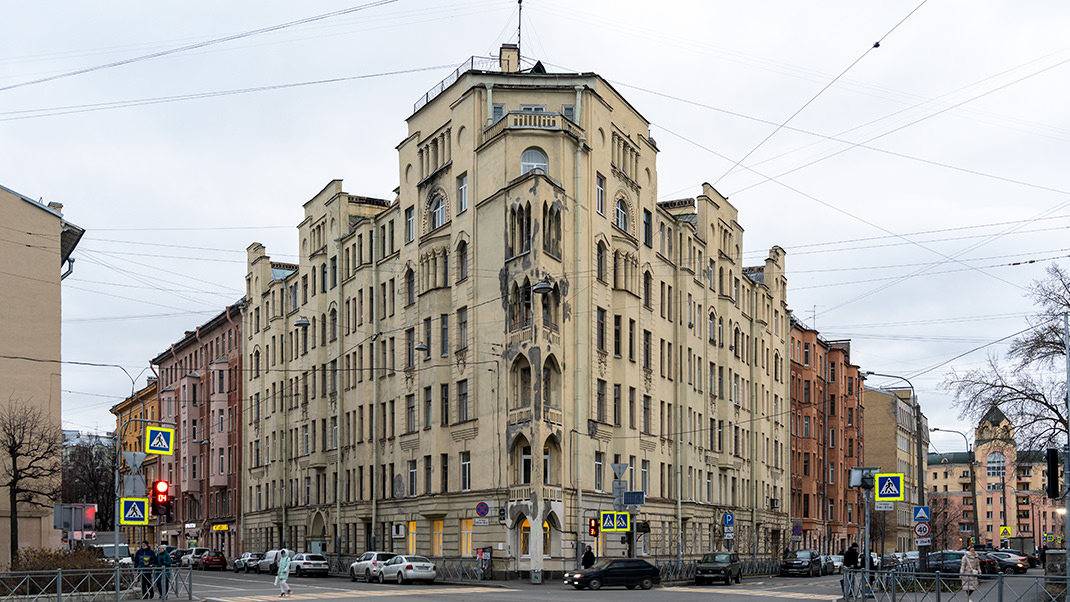
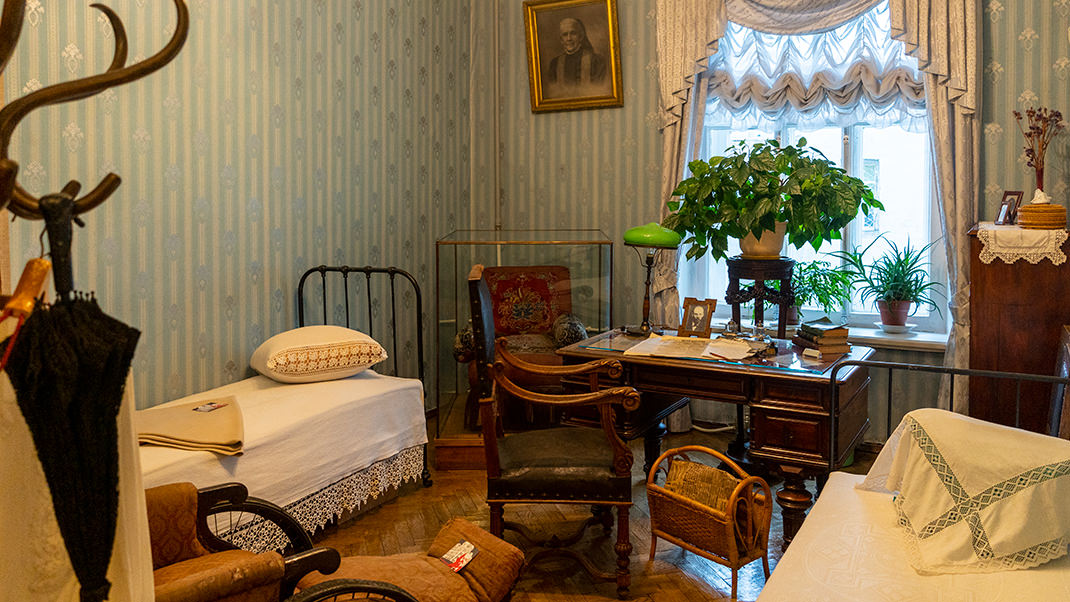
The last stop on the walk is the income house of N. N. Leichtenberg. The building is sure to leave an impression on anyone who sees it at least once. The highlight of this structure is the bright mosaic panels on the upper floor.
The building is located at Bolshaya Zelenina Street, 28. It is an example of Art Nouveau style, built between 1904 and 1905 by F. F. von Postels. The owner, Duke Nikolai Nikolaevich Leichtenberg, was the great-grandson of Emperor Nicholas I.
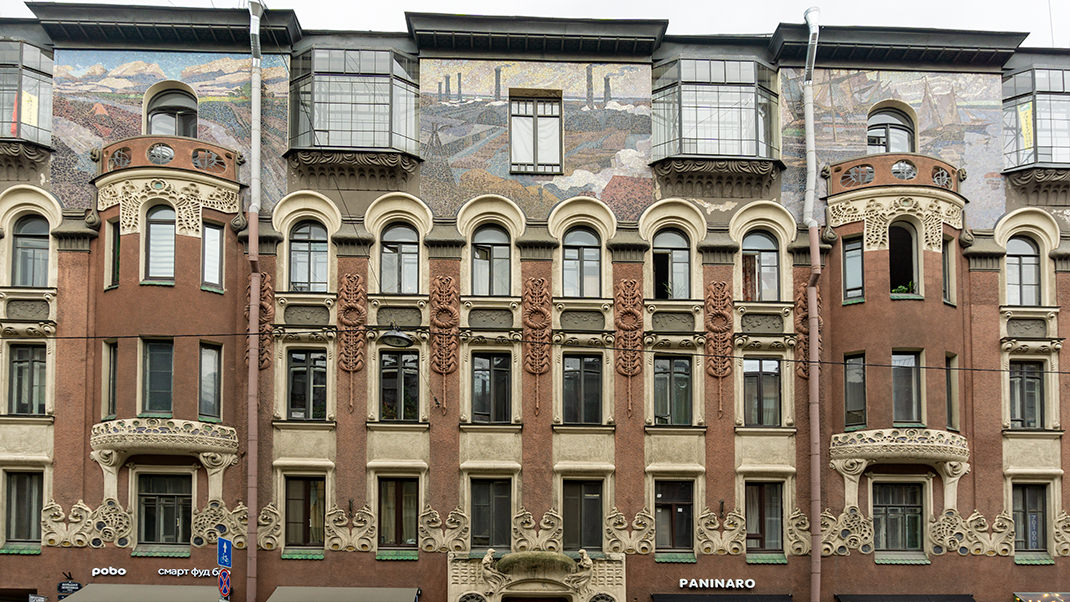
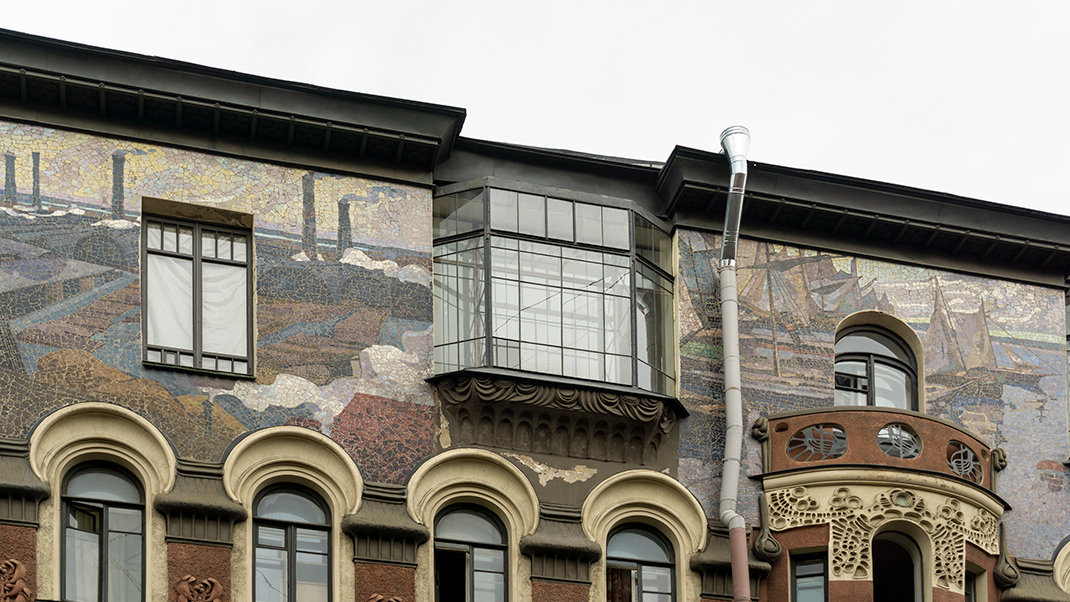
Here, my route ends. I hope this walk will appeal to all travelers in Saint Petersburg. According to online maps, the route is 6 kilometers long. It can be walked in about 1 hour and 15 minutes.
Have a nice trip!



